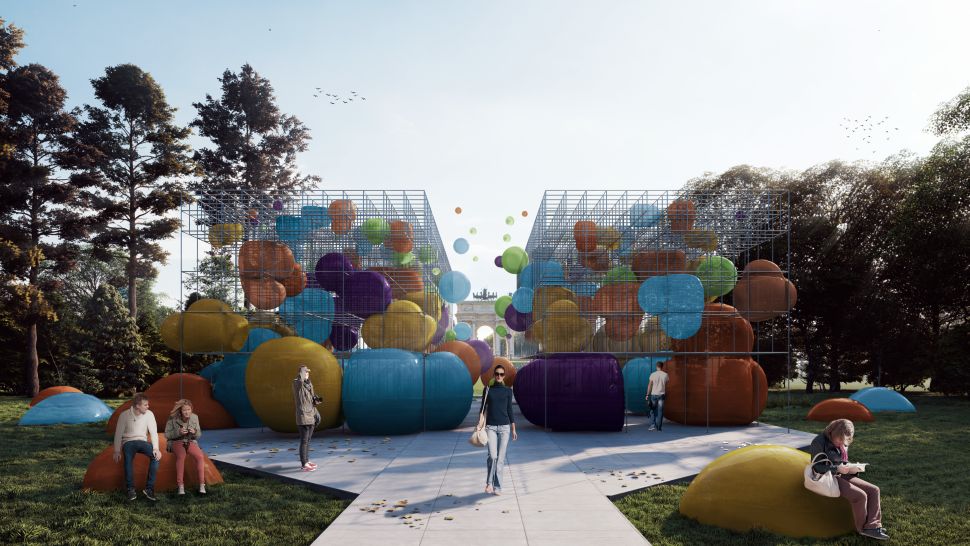The atelier is conceived as a think tank and test bed - a platform for research and experimentation in architectural design and is concerned with holistic understandings of design and sustainability. Within the evolving context of advanced architectural practice our interest lies in the interaction between technology and people, in the design and delivery of environments that support the needs and activities of contemporary and future society, in a creative, positive and equitable way. We engage and collaborate with specialist consultants and local community groups in response to live briefs as well as international competitions. All projects explore contemporary and novel design methods and material performances in tectonic and spatial propositions.
Testing occurs in application to a specific programmatic brief and this year’s themes in the atelier were expansive and intensive. PS1 projects addressed issues of surface and accessibility in Didsbury with the Civic Society. PS2 projects explored timber high-rise designs for sustainability (operative and embodied) in social and affordable housing in city-centre Manchester. Studio thesis projects begin with digital and material experimentation in the design response to a pavilion competition brief in Milan. Thesis projects then developed ideas, applying techniques and understandings of material performance to the high-rise design context. Projects range from detailed structural simulations and physical material studies, to computational simulations for master planning projects in Africa.


